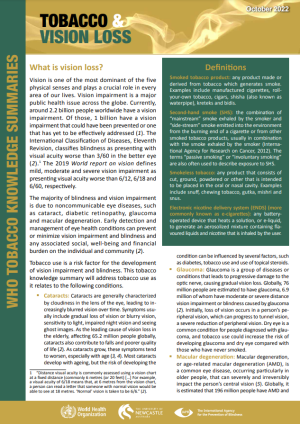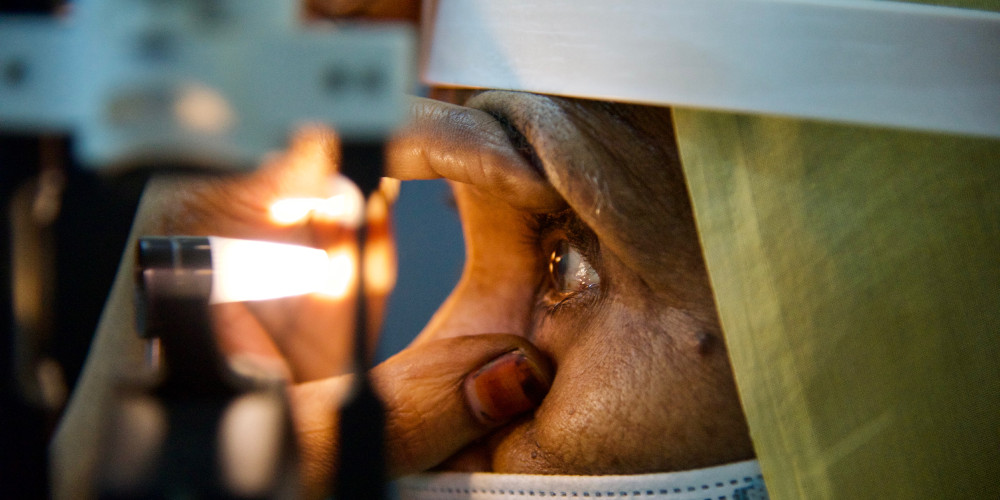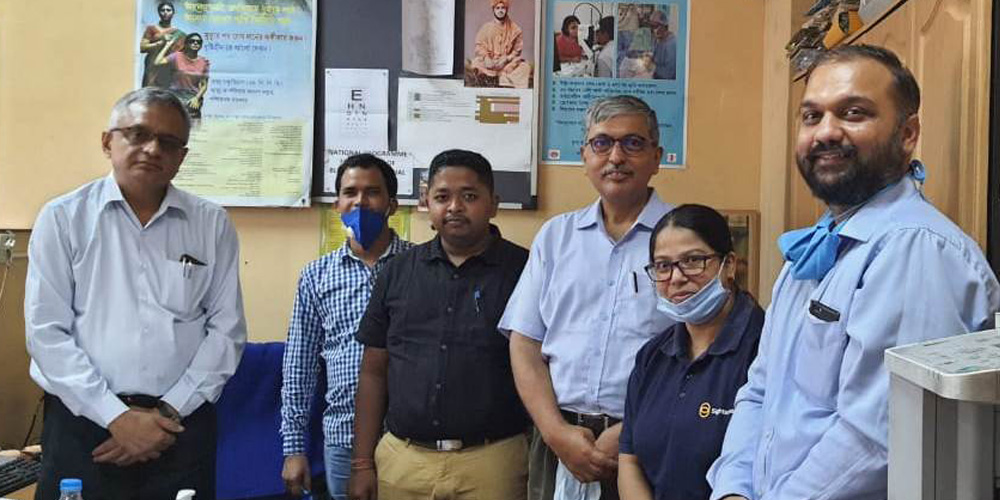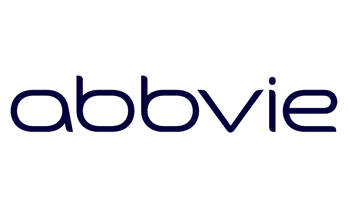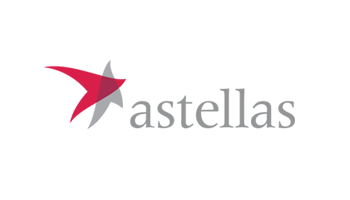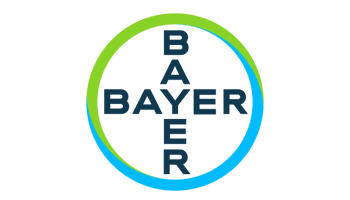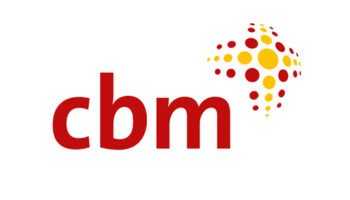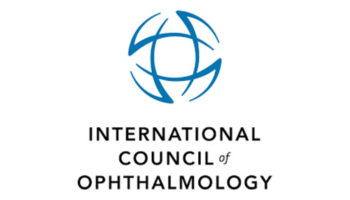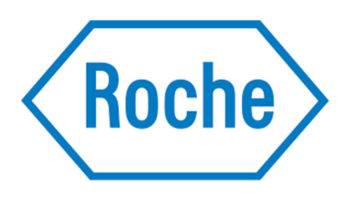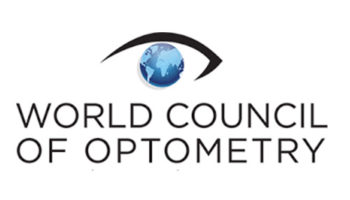There are three commonly employed surgical techniques for cataract removal:
- extracapsular cataract extraction
- phacoemulsification and
- small incision cataract surgery
In each of these techniques, the eye’s natural lens is removed during surgery. It is replaced by an artificial intra-ocular lenses implanted into the eye. Phacoemulsification is the standard of care in high-income countries and requires sophisticated equipment and more expensive intra-ocular lenses
Extracapsular cataract extraction (ECCE) is the traditional method, which involves a standard incision to remove the nucleus of the lens and cortex and insert an IOL. This technique requires removable sutures and a longer recovery period. The complication rate is also higher.
Phacoemulsification (phaco) uses an ultrasound probe is used to fragment the lens, which is aspirated through a small incision. A foldable IOL is insert through the incision, and in most cases, sutures are not necessary and patients can return to work and/or full productivity more quickly than with ECCE. Phaco is the preferred cataract surgical method in developed countries, but large-scale implementation of phaco is challenging in developing countries due to:
- the expense
- number of mature cataracts
- lack of trained surgeons and technicians.
Small incision cataract surgery (SICS) is a refined ECCE method, which may be an appropriate manual substitute to phaco in developing countries due to its lower cost, lesser technological requirements, its faster procedure, and comparable qualitative outcomes. Similar to phaco, a small incision and foldable IOL are used. There are also now low-cost, good quality IOLS available.
SICS usually does not require sutures and has a faster recovery period than conventional ECCE but costs a fraction of the cost of phaco surgery in developing countries. The average time of a SICS procedure is significantly less than that of phaco, but both procedures have comparable outcomes.




